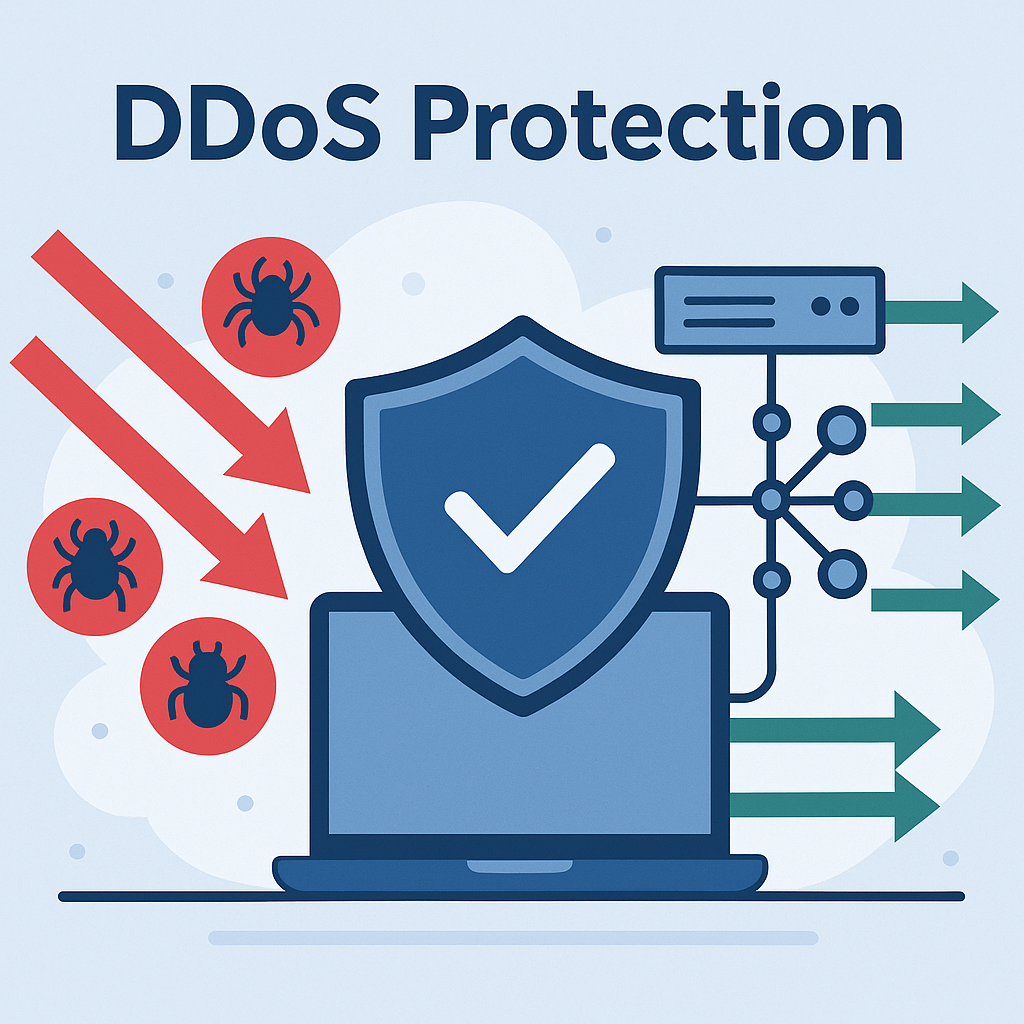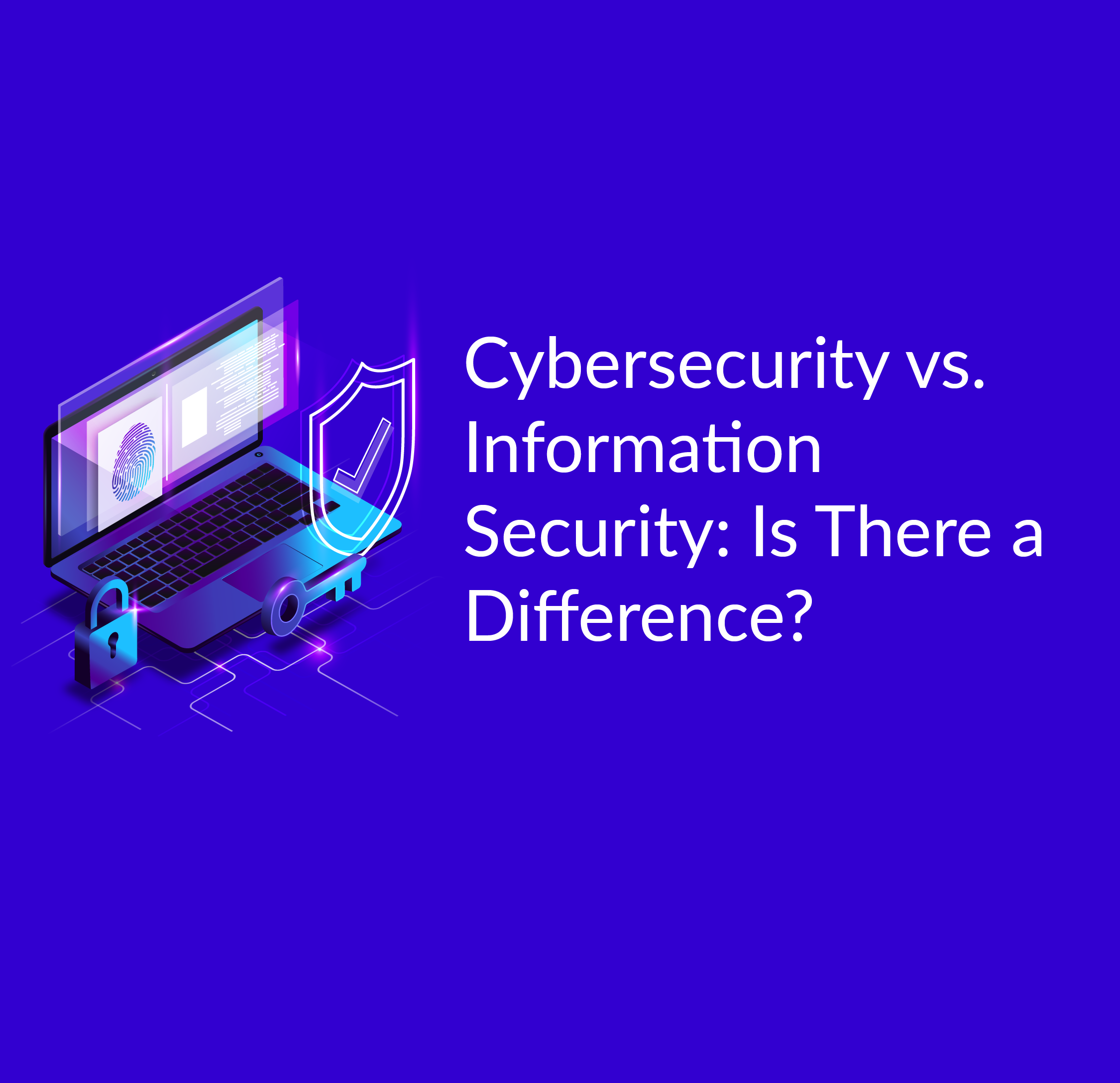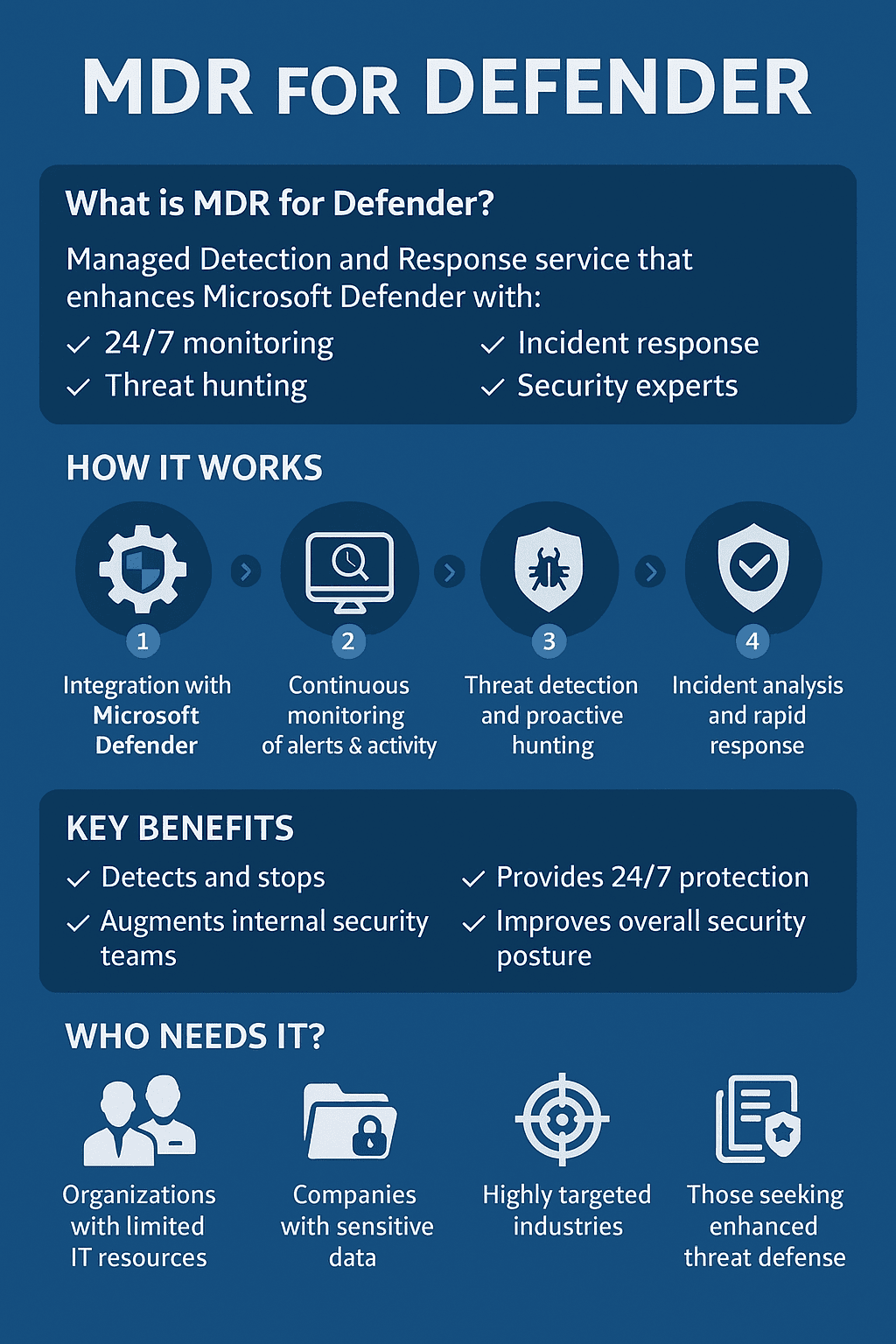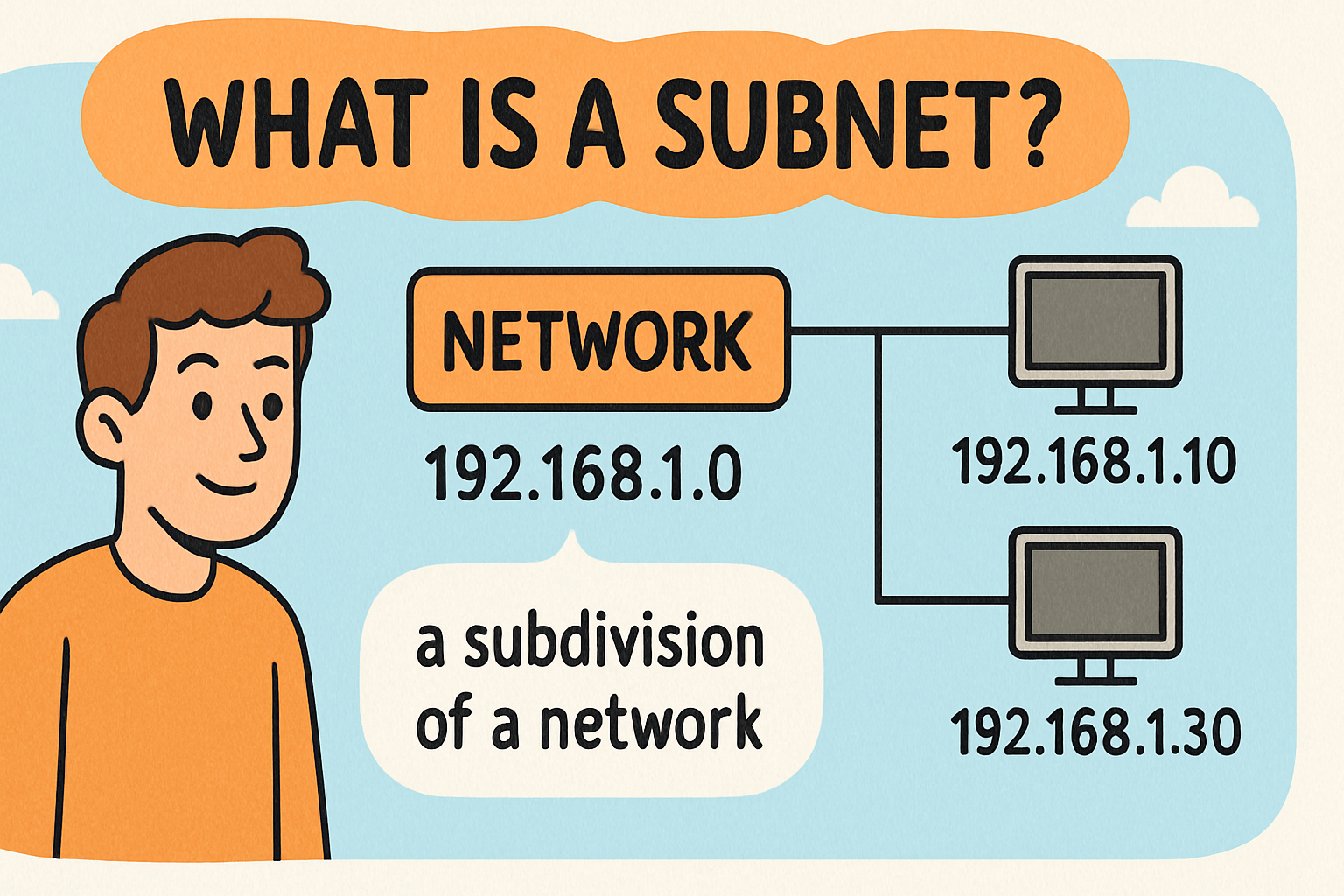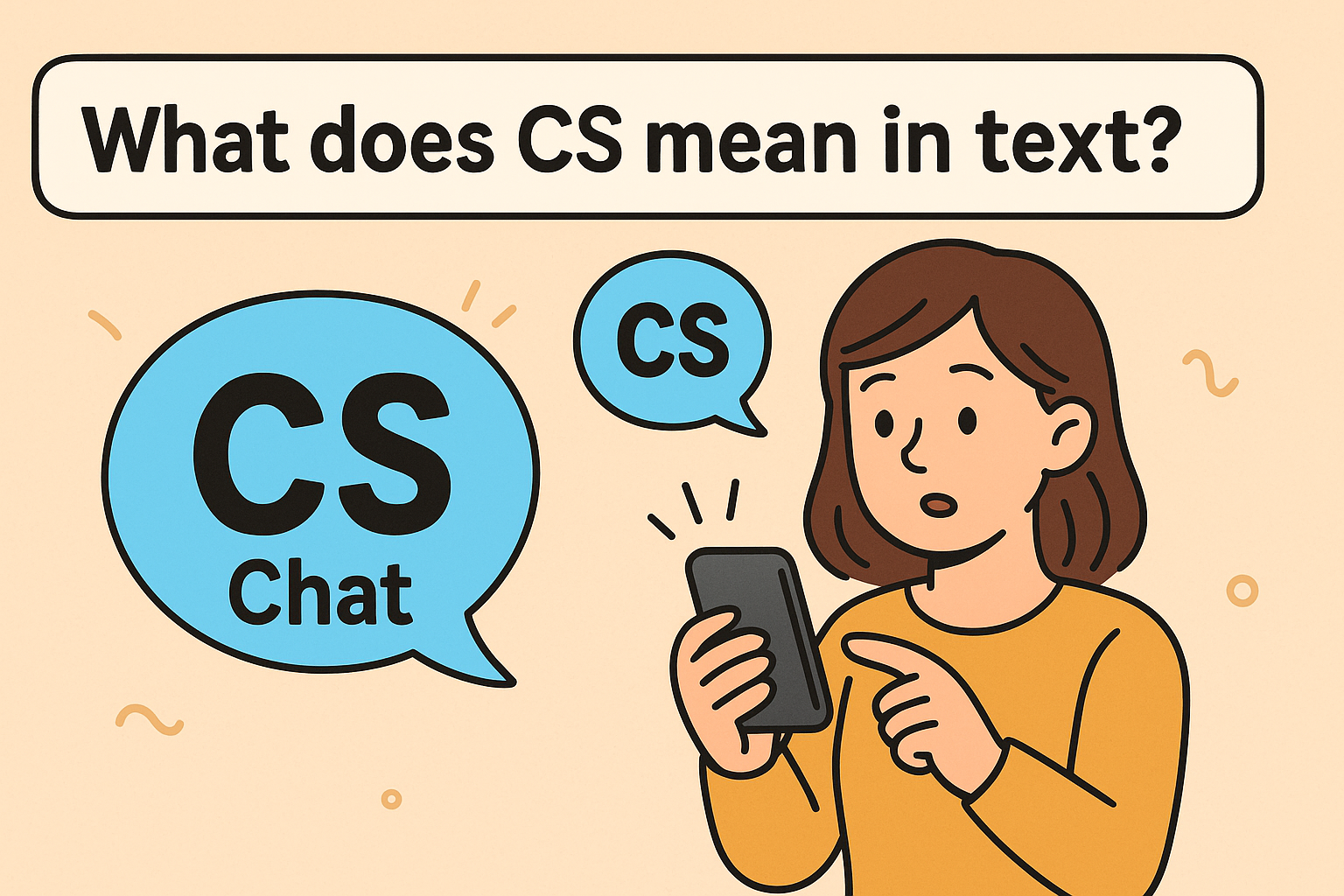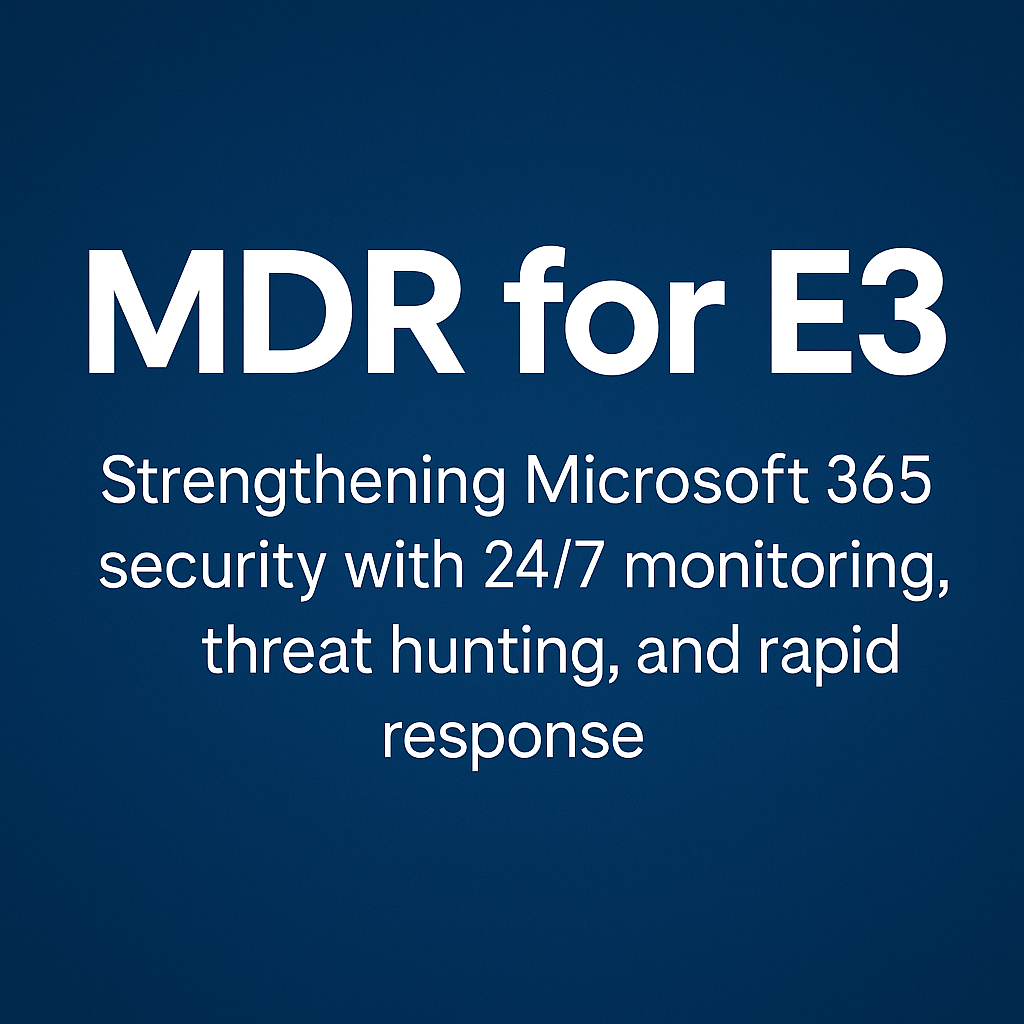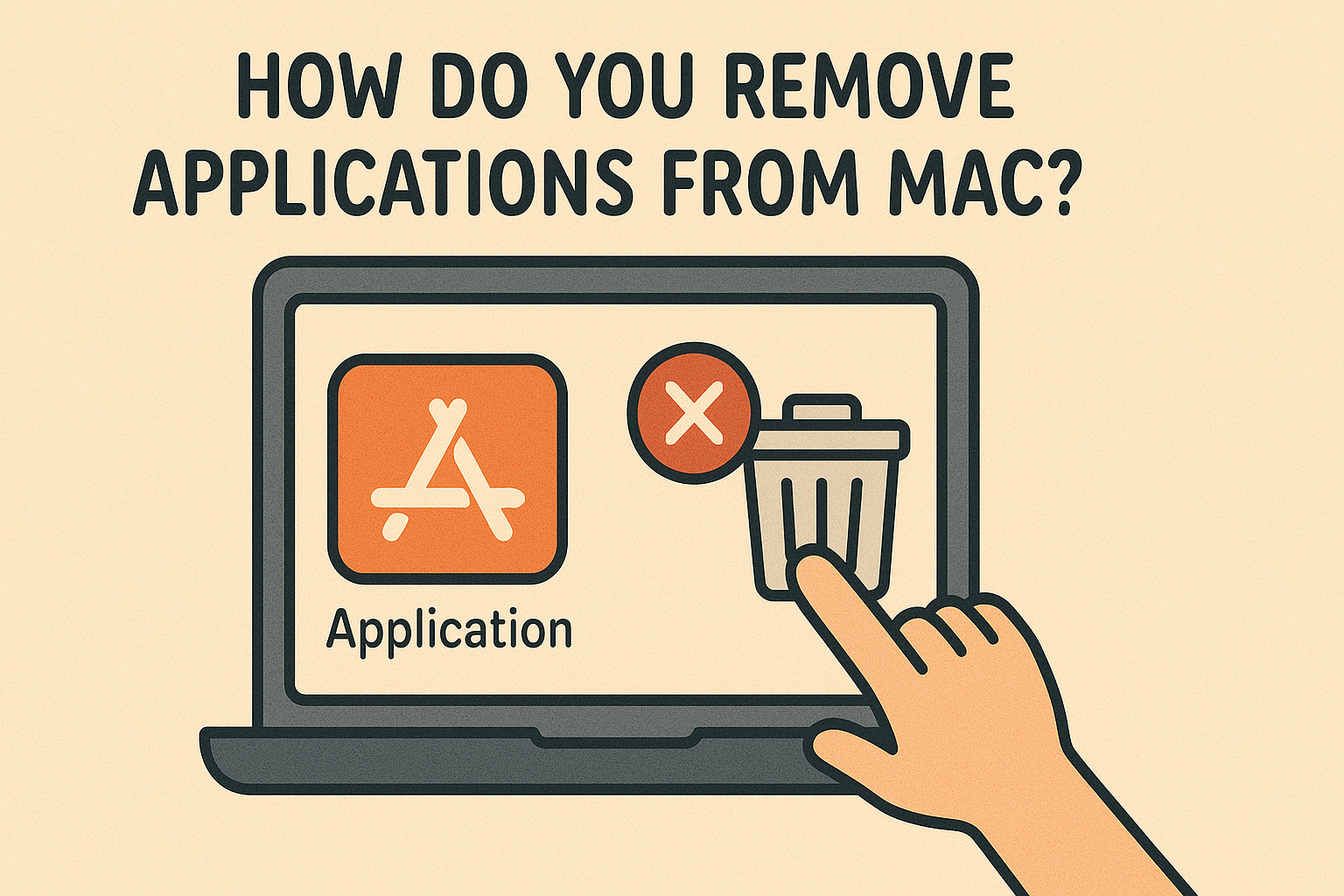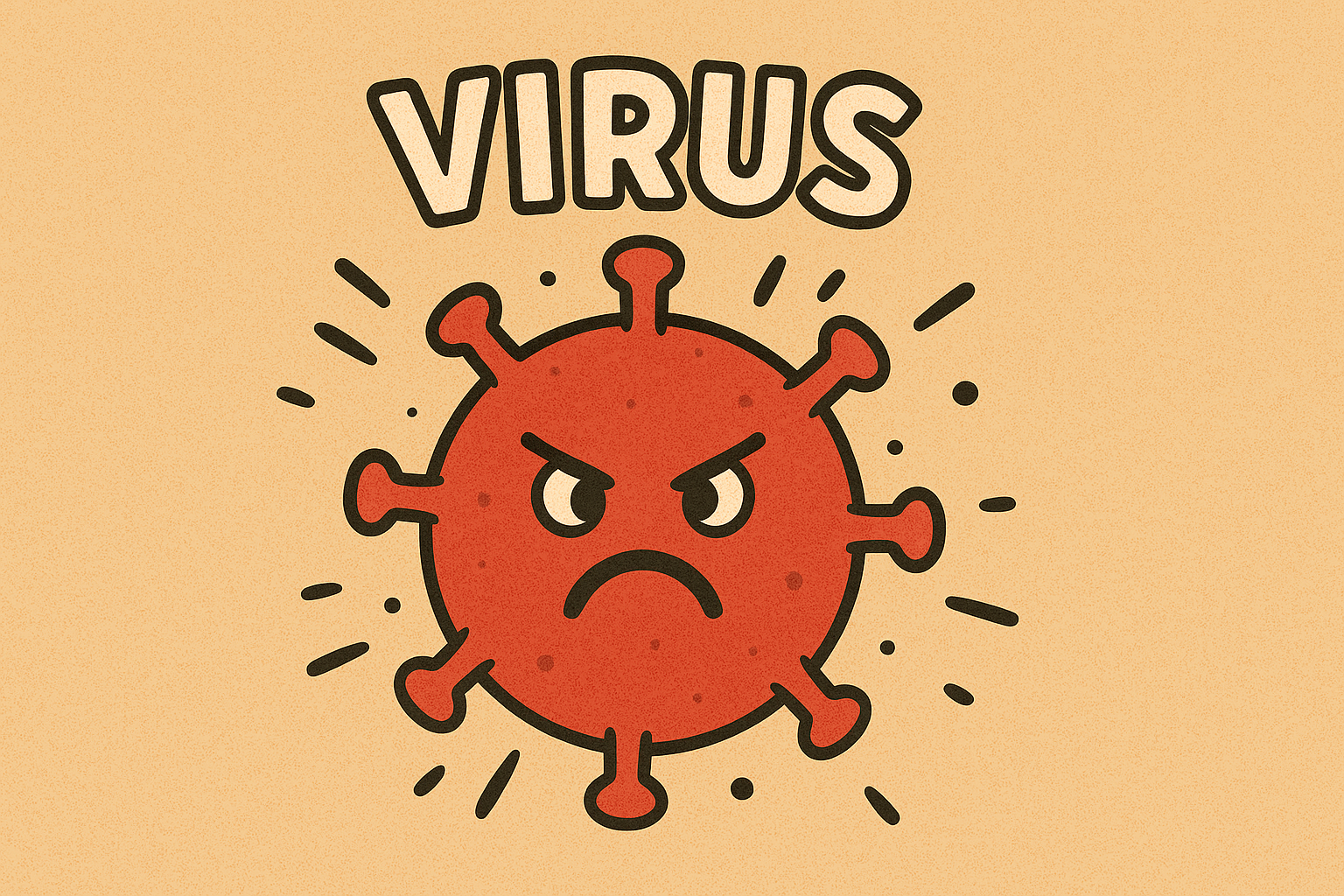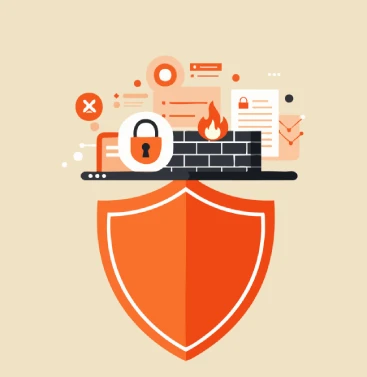What is DDoS? Understanding Distributed Denial of Service Attacks
Updated on July 1, 2025, by Xcitium

Have you ever visited a website that wouldn’t load no matter how many times you refreshed? There’s a good chance it was under a DDoS attack.
So, what is DDoS? A Distributed Denial of Service (DDoS) attack floods a system—like a website or server—with overwhelming traffic, causing it to crash or become inaccessible. It’s one of the most common and damaging threats in cybersecurity today, affecting everyone from small businesses to major corporations.
Whether you’re an IT manager or a cybersecurity strategist, understanding how DDoS works is essential to keeping your infrastructure secure.
🧠 DDoS Full Form and Definition
DDoS stands for Distributed Denial of Service.
- Distributed: The attack originates from multiple sources (often thousands of infected machines).
- Denial of Service: The goal is to deny legitimate users access to services or resources by overwhelming the system.
🧩 DDoS vs DoS: A DoS (Denial of Service) attack uses a single source, while a DDoS uses a distributed network—making it far harder to block and mitigate.
⚙️ How Does a DDoS Attack Work?
A DDoS attack typically follows this pattern:
- Infection of Devices: The attacker uses malware to infect devices and build a botnet.
- Command & Control (C2): The attacker issues commands to the botnet.
- Traffic Surge: Thousands (or millions) of requests flood the target server.
- Server Overload: The system crashes or becomes unresponsive.
DDoS in cyber security is particularly difficult to mitigate because the traffic often appears legitimate.
🔍 Types of DDoS Attacks
There are several DDoS strategies hackers use. Understanding the types helps you prepare the right defenses.
1. Volume-Based Attacks
- Goal: Overwhelm bandwidth
- Example: UDP floods, ICMP floods
2. Protocol Attacks
- Goal: Exploit network layers and resources
- Example: SYN flood, Ping of Death
3. Application Layer Attacks
- Goal: Crash web applications by mimicking legitimate requests
- Example: HTTP GET/POST floods
4. Multi-Vector Attacks
- Combine different types for higher disruption
📌 DDoS attack example: In 2020, AWS mitigated a record-breaking 2.3 Tbps DDoS attack, showcasing the scale at which modern attackers operate.
🧪 Real-World DDoS Attack Examples
- GitHub (2018): A 1.35 Tbps Memcached-based DDoS attack.
- Dyn DNS (2016): Knocked out Twitter, Netflix, and Spotify in the US.
- Estonia (2007): Nation-wide DDoS crippled government infrastructure.
These attacks underscore why DDoS in cyber security is no longer optional—it’s mission-critical.
🛡️ How to Prevent DDoS Attacks
You can’t always stop someone from launching a DDoS, but you can minimize the damage. Here’s how:
🔐 DDoS Prevention Checklist
- Use a Web Application Firewall (WAF)
- Filters malicious traffic at the application layer
- Deploy a Content Delivery Network (CDN)
- Distributes traffic across multiple servers
- Rate Limiting
- Restricts the number of requests per IP
- Geo-blocking
- Denies traffic from suspicious regions
- Behavioral Analytics
- Detects anomalies before full-scale attacks occur
- Cloud-based DDoS Protection Services
- Examples: Cloudflare, AWS Shield, Akamai
💡 Tip: Always have an incident response plan tailored for DDoS events.
🔄 DDoS in the Bigger Picture of Cybersecurity
While DDoS doesn’t steal data, it causes:
- Downtime
- Lost revenue
- Brand reputation damage
- Increased risk of follow-up attacks (like ransomware)
That’s why it’s often used as a distraction for more serious intrusions. In fact, many APT (Advanced Persistent Threat) groups use DDoS as cover.
🔐 DDoS vs Other Cyber Threats
| Threat Type | Main Impact | Data Theft | Involves Malware? |
| DDoS | Service Disruption | No | Often |
| Ransomware | Data Encryption | Yes | Yes |
| Phishing | Credential Theft | Yes | Sometimes |
| SQLi/XSS | Data Breach | Yes | No |
🔁 Use a layered security approach to defend against all vectors.
📣 Is DDoS Illegal?
Yes, under The Computer Fraud and Abuse Act (CFAA) in the United States and equivalent laws globally, DDoS attacks are considered cybercrimes.
Even participating in a botnet unknowingly (if your device is infected) can lead to consequences.
📊 Infographic: DDoS Stats (Optional Addition)
- 71% of organizations reported at least one DDoS attempt in 2023
- The average DDoS downtime cost exceeds $300,000
- 31% of attacks are combined with ransomware
🎯 Summary: Stay Ahead of DDoS Threats
To wrap up:
- A DDoS attack overwhelms systems using distributed sources.
- It’s different from a regular DoS attack due to its scale and complexity.
- Protect using tools like WAFs, CDNs, rate limiters, and cloud security platforms.
- Always stay informed and prepared.
📌 Ready to Shield Your Business from DDoS and Other Threats?
Don’t wait for a crisis. Secure your network with intelligent threat detection and automated DDoS defense from Xcitium.
👉 Request your cybersecurity demo now
❓ FAQ: What You Should Know About DDoS
1. What is DDoS in simple terms?
A DDoS attack sends massive fake traffic to overwhelm and shut down a website or service.
2. Is DDoS illegal?
Yes, it’s a criminal offense in most countries.
3. How is DDoS different from DoS?
DoS comes from one source; DDoS is distributed from many sources, making it harder to stop.
4. Can antivirus software prevent DDoS?
No. DDoS protection requires network-level solutions like WAFs and CDNs.
5. What should I do during a DDoS attack?
Immediately contact your hosting provider, enable mitigation tools, and alert your IT/security team.



